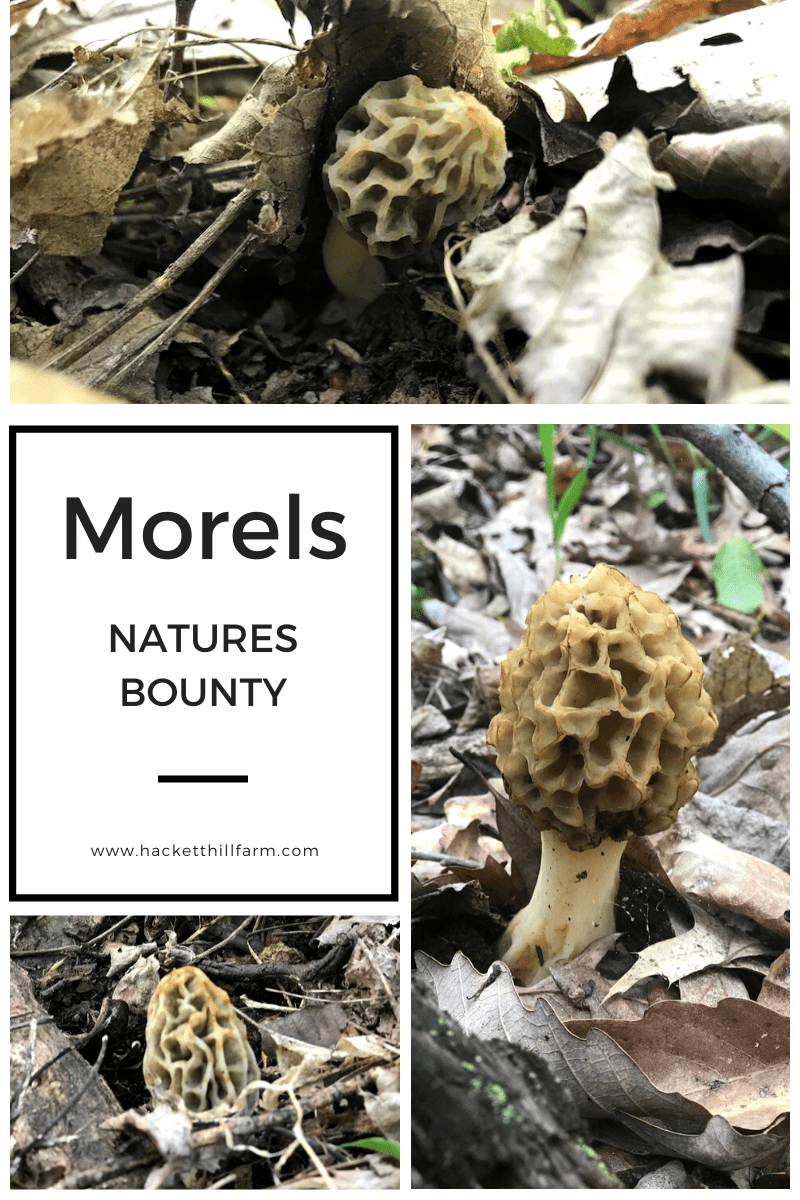
Natures Bounty- Morels
As the spring sun starts to warm the soil of the Virginia Mountains, you can begin to find a trove of treasures in the woods and on the mountain sides. From ramps to wild asparagus and the morel, Mother Nature supplies a cornucopia of fresh forages after the long winter. Out of all of these, Morels my favorites.
Spring in general is my favorite time of year. Everything gets a fresh start. Trees get new leaves, flowers new blooms, and baby animals are all around. It is a busy time for nature and farmer alike. It is a wonderful time of year to step back and appreciate all that nature has to share with us to break winter’s long fast. We are blessed that our little hill provides us with a bountiful spring harvest of one of my favorite spring time treats the Morel Mushroom.
If you have never had a morel you are missing out my friend. These delicate little beauties are delicious floured and fried. Even my kids, who typically do not like mushrooms, love these little spring time jewels. In Virginia, the morel can be found when the weather starts to warm up to a consistent fifty degrees plus during the day with nighttime temperatures staying in the forties or higher. For me, my birthday weekend typically marks the start of the hunt at the end of April.

What are Morels
Some of you may be asking, “What the heck is a Morel?” A Morel is a form of wild fungi that is known for its honeycomb appearance on the cap. These highly sought after spring forest jewels are not easily cultivated which lends to their appeal and hearty price tag. A pound of morels can go to upwards of $20 a pound! However, if you are finding them you will likely want to be eating them!
Morels have an earthy nutty flavor that is deep and meaty. Restaurants are willing to pay the high price for these little delicacies as they are not only hard to cultivate, but they also have a very short growing season and short shelf life. The time frame between April and early June is prime time for these little guys to pop their honeycomb heads out of the earth to let the search begin.
Check out the YouTube video below to watch us hunting for morels this year.
Where to find Morels
Morels are great at hiding from you, especially if you are not sure exactly where to look. It can be like a “Where’s Waldo” on the forest floor. From the honeycomb pattern of the mushroom cap to the brown and black coloring, this mushroom is a master of disguise.
While there is not an exact science on where to look there are some prime conditions for growth. Morels prefer warm and moist like most other fungi. It is best to look after a night rain has moistened the mountainside and the sun warms it. Like most other fungi, it prefers to pop up on the forest floor where there is lots of decaying matter for it to pull nutrients from. Look for downed decaying trees especially Ash, Oak, Elm, and Aspen trees.
My husband always tells our kids to step once, hunker down, and look for a least ten seconds in all directions before moving again. While this is not a marketed science for Morel hunting, we have found it helpful in corralling our five year olds so they do not trample all the mushrooms down. I do find it helpful as well to take a knee and look from a lower vantage point sometimes as they can hide under a Mayflower or propped up leaves. They can be tricky to spot so take your time and don’t give up hope! Once you find one, you will want to pay extra close attention to the surrounding area because there are typically more hiding out.

What to Watch Out For When Hunting
While hunting morels can be a fun family pastime and lucrative for your pocketbook, there are some safety guidelines you should always keep in mind.
First, Morels do have a look alike in the woods. There are two rules to ensure you are getting a true morel.
- They are hollow all the way through from cap to stem. No fibers just hollow all the way through. (watch the YouTube video above for more explanation)
- They have a distinct pitted honeycomb cap that meets the stem with no overhang
There are a few false morels out there so be careful and go with a trusted mushroom aficionado to ensure you do not get some of the Morels deadly look alikes.
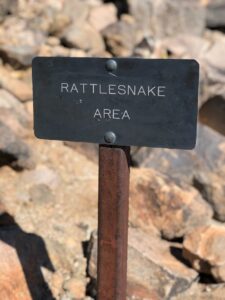
Second thing to be aware of when hunting Morels are the likelihood that you will come across some forest creatures that also prefer this time of year. Here is Virginia, the copperhead is out in full force warming itself up after a long cold winter. These snakes are venomous and will strike immediately without warning if they feel threatened. They are also pretty hard to spot with their hourglass like pattern variation blending in with the surrounding woodland. Baby copperheads will have a distinct yellow green tip on their tail.
Another snake to be on the look out for in our neck of the woods is the Timber Rattlesnake. Unlike the copperhead, this guy will give you a little warning with that every heart-stopping rattle. Both the rattlesnake and the copperhead blend in with the environment making it hard to see them until you are up on them, so be vigilant and keep an eye out for these potentially harmful woodland creatures.
How to prepare your find
Now that you have found a bag full of delicious morel mushrooms, it is time to prep them. There are varying schools of thought on how to prep them, but I will tell you what we do and you can make your choices from there.
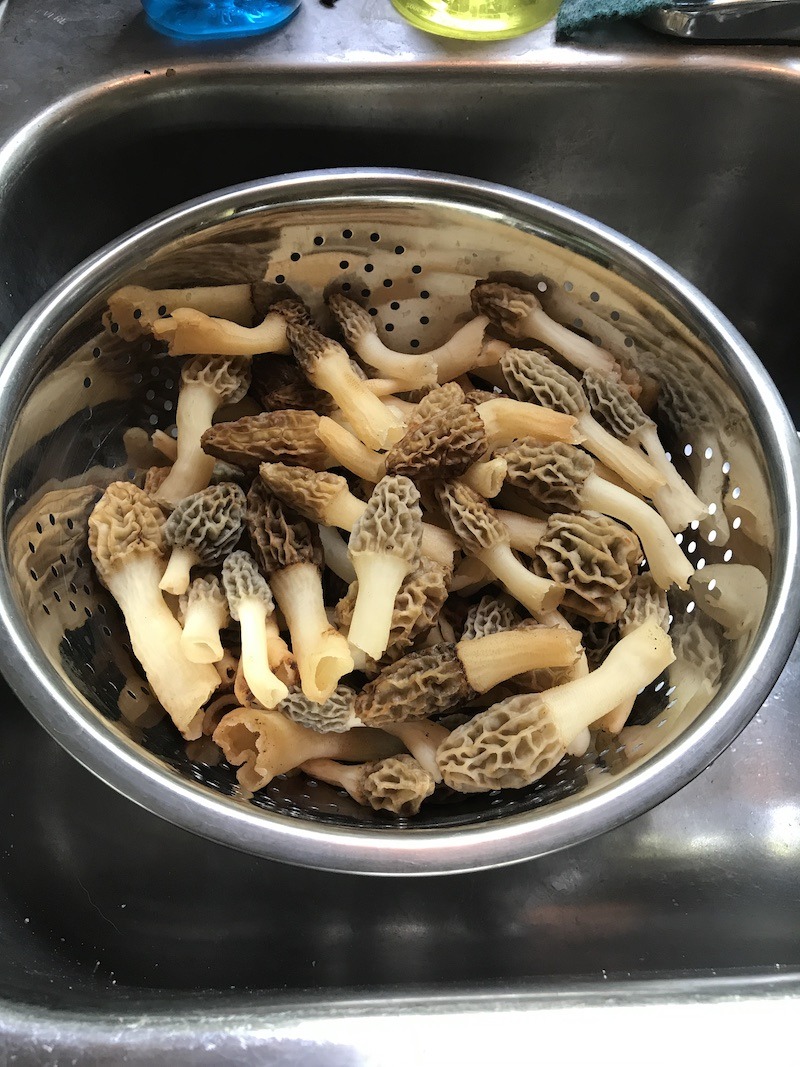
The first thing we do is soak the mushrooms in cold water to get rid of any little bugs that may be hanging out. Typically we soak them for about an hour. Then take them out and place them on a towel of colander to dry slightly.
From here, the world of morel culinary magic is open to your imagination. My favorite, and the kids’ favorite, way to eat them is breaded and fried. It is so simple. Just heat your oil in a cast iron skillet. I prefer something like canola oil for frying because it doesn’t really have a flavor that may overpower the mushrooms. Cut them in half longways and put them in a bowl with some basic all purpose flour and a pinch of salt. Turn to coat, and when the oil is hot carefully drop in the floured morels. Fry until golden brown. Serve warm! The kids love to dip them in ranch. Such a delicious snack.
If you aren’t ready to eat them or if you got a huge bounty, they can also be frozen. Go ahead and clean them, cut them, and flour them. Instead of frying lay them out on a sheet pan lined with parchment and freeze. When fully frozen, transfer to a ziplock bag and store in the freezer until ready to use. No need to thaw, just plop them in the hot oil and fry them up.
Happy Hunting
I hope this post has inspired you to go out and forage for food. It is such a rewarding experience and a great way to bring the family together. Just remember to be safe and have fun! What do you like to forage for? Comment below to let us know. Check out some of the other foraged finds on the farm like the PawPaw. Don’t forget to follow us on Facebook and Instagram to keep track of all the goings on at the farm.
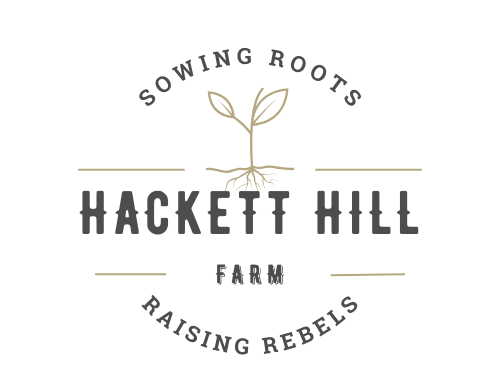

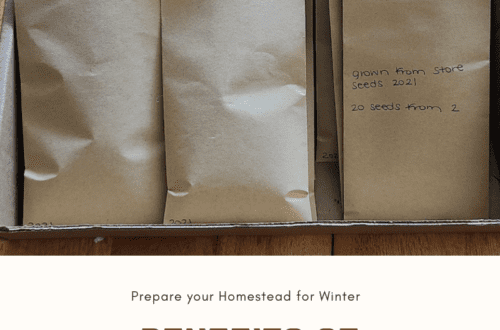

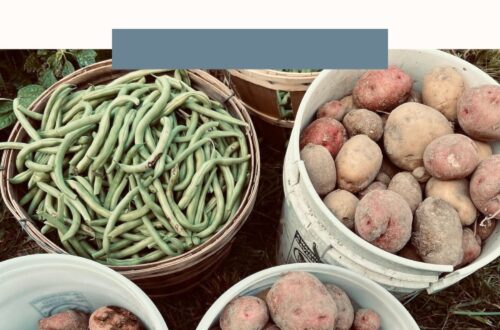
3 Comments
Nicole
Love it! We like to forage for ramps. When I was younger I use to go morel hunting with my dad. You have inspired me to go again soon. I love mushrooms!!
Keep+Calm+&+Drink+Coffee
Oh nice!
Now I better understand morels which I never saw before.
I also LOVED watching your video: your family, your place, your cows and off course your King!
Thank You so much for sharing.
Jaya Avendel
Morels are utterly delicious! We hunt and will save the mushrooms over the course of a few days until we find enough for all of us. I love the idea of trying them breaded and fried; we usually cook them buttered and have them in a cream sauce over handmade sourdough bread. 🙂